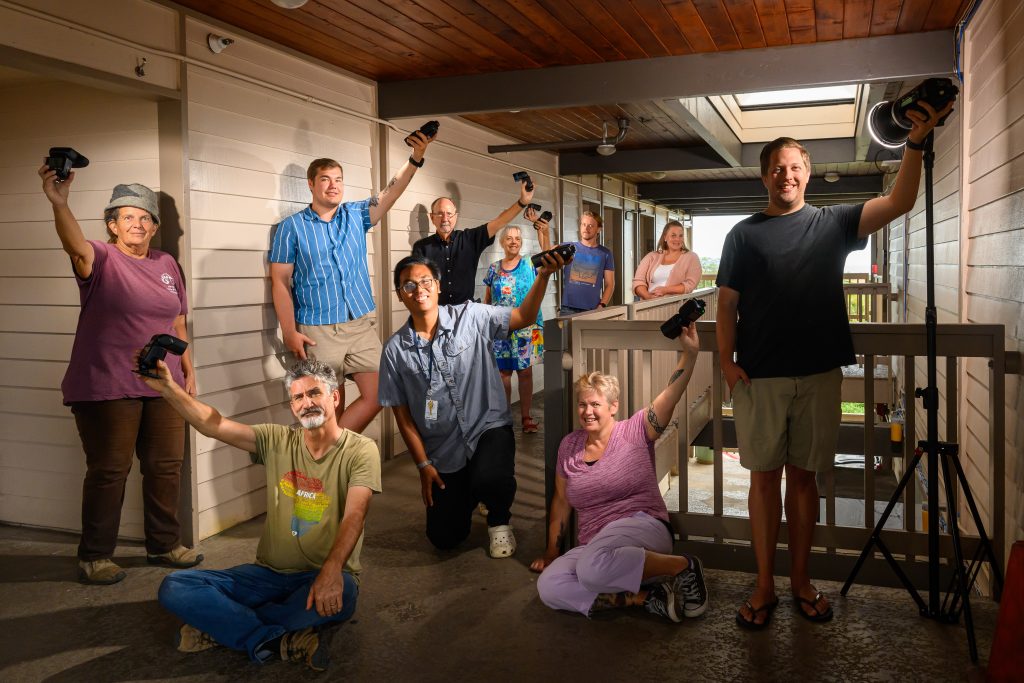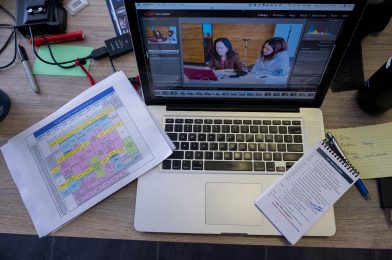Photo by Dennis Fahringer
As someone who helps businesses and nonprofits tell compelling stories to connect with their audiences, I’ve often wrestled with this question: How frequently should I tell my own story?
When you make a living helping others shine, it can feel awkward—or even self-serving—to turn the camera around and share your journey. But here’s the truth: people don’t just hire my camera or my editing skills. They hired me. And to make that decision, they need to know who I am.
Your Story Builds Trust
In marketing, trust is currency. And trust is built through consistency, clarity—and a bit of vulnerability. Telling your own story gives potential clients a glimpse of the why behind your work. It lets them see the heart behind the lens, the reason you go the extra mile, the values you bring into every project.
When I share a story about a time I failed and learned something important…
Or how a client’s transformation deeply impacted me personally…
Or what got me into this work in the first place…
…I’m inviting people into something more profound than just a business transaction. I’m inviting them into a relationship.
But Don’t Overshadow Your Clients
At the same time, the bulk of my work is about highlighting others. And that’s where the balance comes in. I aim to keep my personal storytelling about 20–30% of my public content. The rest focuses on client stories, behind-the-scenes insights, tips for visual storytelling, and case studies that showcase the impact of effective communication.
Why? Because potential clients need to see the results I get for others. They need proof that I can effectively tell their story. But now and then, sharing my perspective reminds them that there’s a real person behind the work.
A Healthy Mix
Here’s the rhythm that seems to work:
- Client-focused stories (60–70%): Highlight the people and organizations I serve. This builds credibility and trust through social proof.
- Educational content (10–20%): Tips, how-tos, or insights on storytelling and communication.
- Personal stories (20–30%): Reflections, lessons learned, or behind-the-scenes peeks that show my journey, values, and style.
If you’re a fellow storyteller, I encourage you to find your rhythm. The key is authenticity. Share when you have something meaningful to say—and when it will help your audience connect the dots between your story and how you can help them tell theirs.
Because at the end of the day, people hire people they feel connected to.
And your story—told at the right moment—might be the reason they choose you.





















